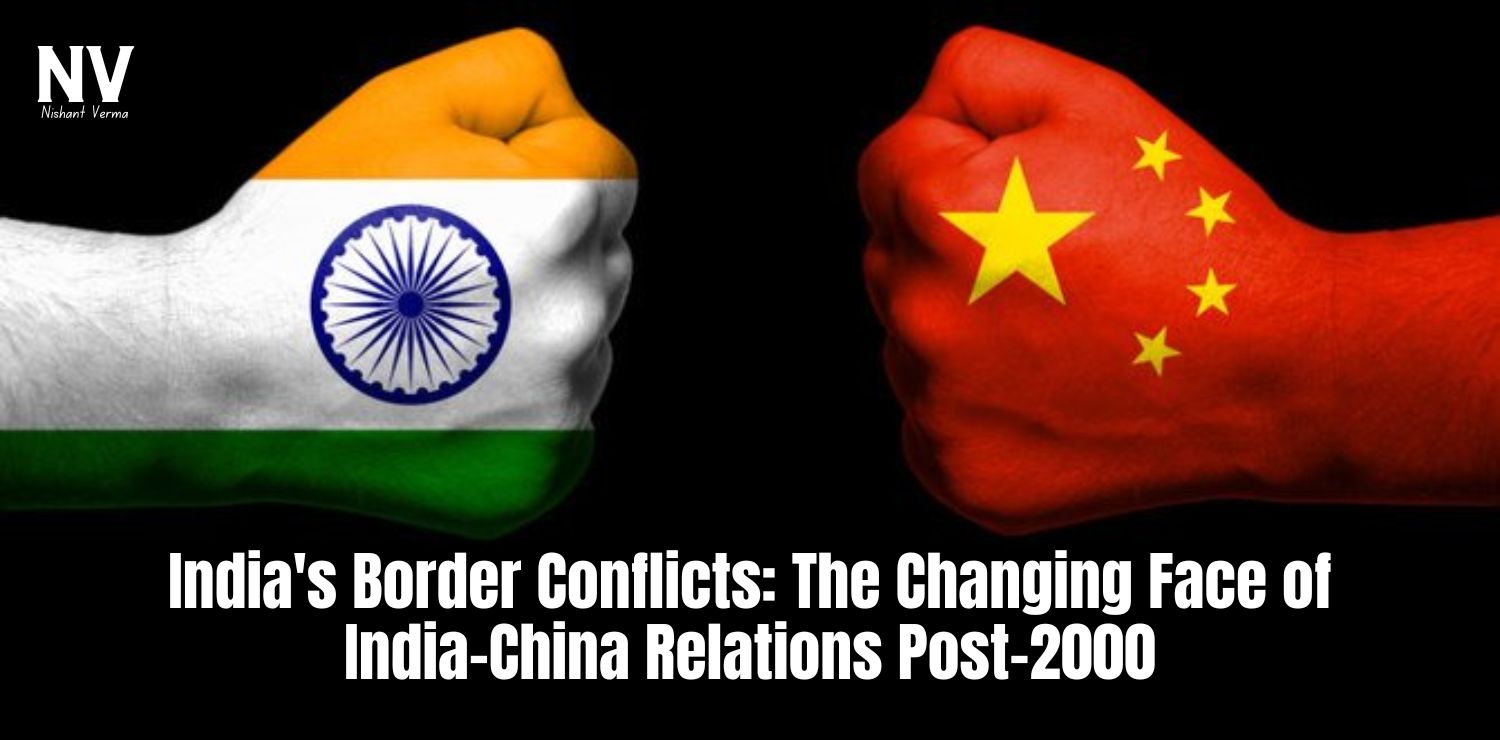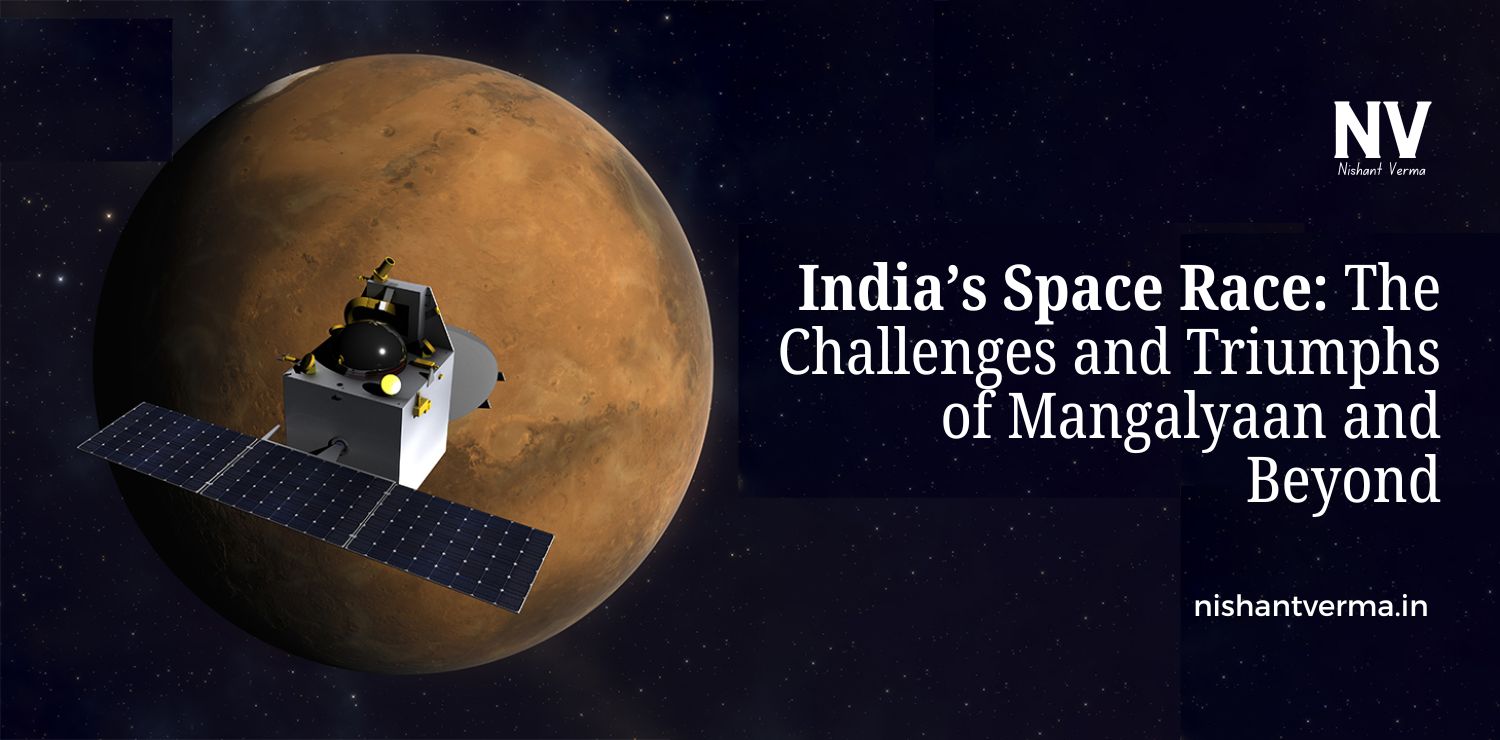Introduction:
In the vast landscape of digital marketing, a new trend is taking center stage – the rise of micro-influencers. These small-scale influencers may not have millions of followers, but their impact is mighty. In this article, we’ll explore the world of micro-influencers, why they’re gaining traction, and how they’re reshaping the digital marketing scene.

I. Defining Micro-Influencers:
1.1 Who are Micro-Influencers?
Micro-influencers are individuals who have a modest yet dedicated following on social media, typically ranging from a few thousand to around 100,000 followers. Unlike mega-influencers with millions of followers, micro-influencers are everyday people who have built a niche audience around specific interests or topics.
1.2 The Personal Touch:
What sets micro-influencers apart is the personal touch they bring to their content. They often engage more authentically with their followers, creating a sense of community and trust. This authenticity is a key factor in the rise of micro-influencers in the digital marketing realm.
II. Why Micro-Influencers Matter:
2.1 Authenticity Trumps Reach:
While mega-influencers may have a massive reach, audiences are increasingly valuing authenticity over sheer numbers. Micro-influencers are perceived as more relatable and genuine, making their recommendations and endorsements more trustworthy.
2.2 Niche Expertise:
Micro-influencers often focus on specific niches or interests, allowing them to become experts in their field. Brands can benefit from this targeted expertise, reaching audiences who are genuinely interested in their products or services.
III. The Impact of Micro-Influencers on Consumer Behavior:
3.1 Trust and Credibility:
Micro-influencers build trust with their followers through authentic content and genuine interactions. When a micro-influencer recommends a product or service, their audience is more likely to view it as a sincere endorsement, leading to increased credibility for the brand.
3.2 Higher Engagement Rates:
Smaller follower counts often translate to higher engagement rates. Micro-influencers can maintain more meaningful connections with their audience, resulting in higher levels of interaction, comments, and shares compared to larger influencers with less personal engagement.
IV. Cost-Effectiveness and Accessibility:
4.1 Budget-Friendly Collaborations:
Collaborating with micro-influencers is often more budget-friendly for brands, especially for small and medium-sized businesses. While mega-influencers may charge exorbitant fees, micro-influencers may be willing to collaborate for more reasonable rates or even in exchange for products or services.
4.2 Access to Diverse Audiences:
Micro-influencers often cater to niche audiences, providing brands with an opportunity to reach diverse customer segments. This allows for more targeted marketing strategies, ensuring that promotional efforts resonate with specific demographics.

V. Leveraging Micro-Influencers in Campaigns:
5.1 Identifying the Right Micro-Influencers:
When selecting micro-influencers for campaigns, it’s crucial to align with individuals whose values and content resonate with the brand. Authenticity should remain a priority, ensuring that the partnership feels natural and genuine.
5.2 Encouraging User-Generated Content:
Micro-influencers excel at creating user-generated content that showcases products or services in real-life scenarios. Encourage influencers to share their authentic experiences with the brand, fostering a sense of connection with their audience.
VI. The Role of Micro-Influencers in Diverse Industries:
6.1 Fashion and Beauty:
In the world of fashion and beauty, micro-influencers can provide honest reviews, practical styling tips, and relatable content that resonates with everyday consumers. Their authenticity makes them valuable advocates for brands in these industries.
6.2 Health and Wellness:
Micro-influencers in the health and wellness niche can share personal journeys, fitness routines, and wellness tips. Their smaller, engaged communities are more likely to appreciate and act upon recommendations related to health and lifestyle products.
VII. Case Studies: Micro-Influencer Success Stories
7.1 Daniel Wellington’s Collaboration with Micro-Influencers:
Watch brand Daniel Wellington achieved tremendous success by collaborating with micro-influencers. The brand provided influencers with free watches, resulting in an influx of authentic, user-generated content that significantly boosted brand visibility and sales.
7.2 Glossier’s Community-Driven Approach:
Beauty brand Glossier has thrived by prioritizing community engagement. The brand leverages micro-influencers to share genuine reviews, tutorials, and product recommendations. This community-driven approach has contributed to Glossier’s cult-like following.
VIII. Building Long-Term Relationships:
8.1 Cultivating Authentic Partnerships:
For long-term success, brands should focus on cultivating authentic and mutually beneficial relationships with micro-influencers. Consistent collaboration allows influencers to become true ambassadors for the brand, fostering a sense of loyalty among their followers.
8.2 Empowering Micro-Influencers:
Brands should empower micro-influencers by providing them with the tools and resources to create compelling content. This may include exclusive access to new products, behind-the-scenes content, or special promotions for their audience.
IX. Measuring Success and ROI:
9.1 Beyond Follower Counts:
While follower counts remain a consideration, brands should look beyond numbers when measuring success. Engagement rates, click-through rates, and conversions are more meaningful metrics for evaluating the impact of micro-influencer campaigns.
9.2 Utilizing Analytics and Tracking Tools:
Employ analytics and tracking tools to monitor the performance of micro-influencer campaigns. This data provides insights into the effectiveness of the collaboration, allowing brands to refine their strategies and optimize future campaigns.
X. Potential Challenges and Mitigations:
10.1 Maintaining Authenticity:
As micro-influencers gain popularity, there is a risk of losing authenticity. To mitigate this, brands should choose influencers who align with their values and ensure that collaborations feel genuine rather than transactional.
10.2 The Evolving Nature of Social Media:
Social media platforms are dynamic, with algorithms and trends constantly changing. Brands should stay informed about platform updates and adjust their strategies to adapt to the evolving nature of social media marketing.

XI. Looking Ahead: The Future of Micro-Influencers:
11.1 Continued Growth and Influence:
The rise of micro-influencers shows no signs of slowing down. As consumers seek more authentic connections, micro-influencers are poised to play an increasingly influential role in shaping digital marketing strategies.
11.2 Integration with Emerging Technologies:
The integration of micro-influencers with emerging technologies, such as augmented reality (AR) and virtual reality (VR), presents exciting possibilities for immersive and engaging content. Brands can explore innovative ways to leverage these technologies in collaboration with micro-influencers.
Conclusion:
In the ever-evolving landscape of digital marketing, the rise of micro-influencers represents a shift towards authenticity, relatability, and genuine connections. These small-scale influencers are proving that impact doesn’t always come with a massive following. As businesses seek cost-effective and impactful strategies, micro-influencers emerge as powerful allies, providing brands with a human touch that resonates with today’s savvy consumers. As we embrace this new era of marketing, the influence of micro-influencers is set to grow, bringing with it a wave of authenticity and connection in the ever-expanding digital sphere.




